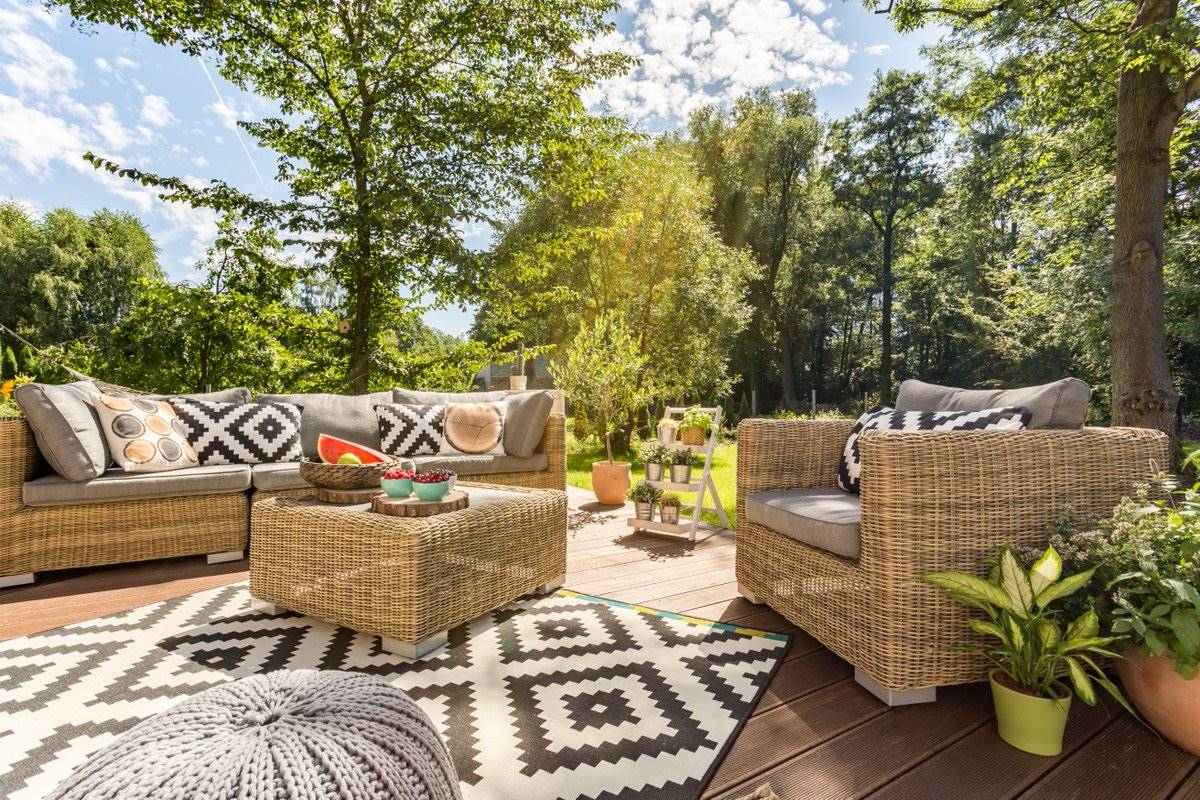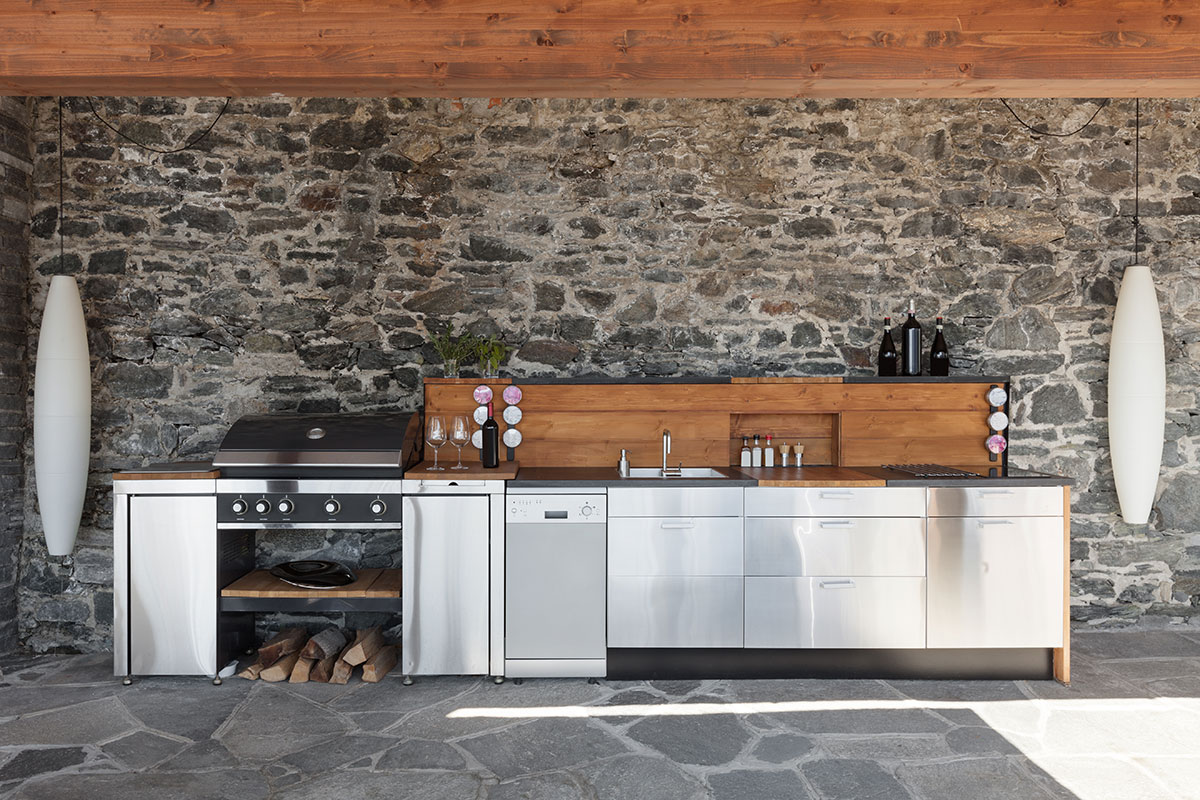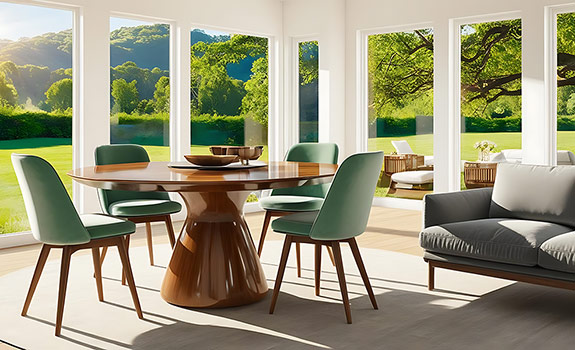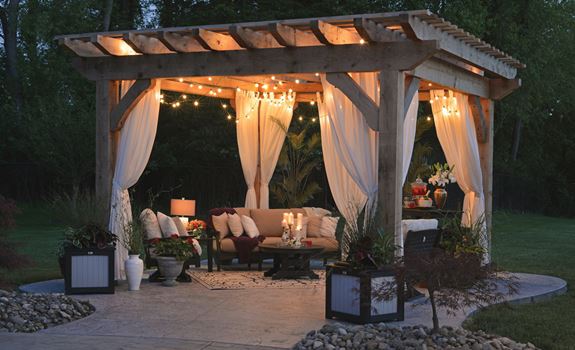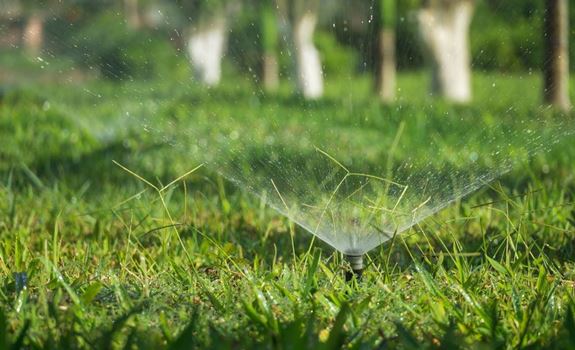Even if your deck or patio is still covered in a layer of snow, it isn’t too soon to start thinking about your impending spring and summer garden parties. In 2025, outdoor living and entertaining are important to modern life; people enjoy spending time outside, surrounded by fresh air, wildlife and the sounds and smells of their environment. Ultimately, this means you need to offer your guests an outdoor space where they will feel comfortable spending time — which requires you to start designing that outdoor space right now, before there is warm weather for you to enjoy.
If you haven’t given your outdoor spaces a second thought since fall, you might need some guidance toward up and coming trends.
First off, however, let’s be honest. A well-designed outdoor space may be a struggle for even the most experienced house designers. In most cases, there are no walls or borders to outline the space, so, the design needs to cope with the natural habitat, the elements of nature and the particularities of the surrounding landscape. It may seem quite a challenge, yet, as long as you deal with designing this particular space just as any other space around the house, you’ll be successful.
So, plan, sketch and make lists and idea boards before venturing into anything else. And never forget that it’s not all about looks, but it is use that must be your key and most essential consideration.
Here are some design ideas to jumpstart your creativity and get your outdoor areas ready for sunny skies.
Natural Materials
Metal and plastic outdoor furniture and features have been popular for decades because these materials offer the clean, modern lines essential to minimalism, and metal and plastic tend to withstand the elements fairly well. In 2025, as interest in minimalism continues to wane, so does the use of synthetic or artificial materials in outdoor décor. Instead, you should look into utilizing natural materials, like organic cotton, wool, wood and wicker. If you’re still thinking about durability, but you want that natural look of wooden planks, you can choose a concrete overlay and make a beautiful faux wood plank look.
There are several reasons for the design shift to more natural materials, but the leading cause is an increase in environmental awareness. Materials like cotton and wood tend not to require extensive refinement processes with toxic or otherwise harmful chemicals; instead, they can be exceedingly clean and sustainable. In contrast, both metal and plastic have catastrophic environmental repercussions. As long as you take good care of your outdoor furniture — like moving them under cover during inclement weather — you should be able to enjoy your outdoor design for years to come.
Warm Colors
In addition to the change in materials, the most up-to-date deck and patio furniture is warm and inviting in color. In recent history, color palettes for the home have been relatively cool-toned: grays, icy blues, white and black. Cool colors are refreshing and tend to have a calming effect, but they don’t often make a space feel welcoming or comfortable. As the new year dawns, almost every designer is shifting focus toward warm and earthy hues, like brown, taupe, golden yellow, dusty red and olive green.
You can integrate warm colors many places in your exterior design, not just your outdoor furniture. You might consider giving your front and back doors a new coat of paint or changing the color of your home’s trim around windows and doors. You could add decorative hardscaping, like fences, with a new and inviting color palette. Finally, you can stain your concrete or repaint your deck to add color to your exterior. Most of these fixes are relatively small but pack a major decorative punch.
Smart Outdoor Technology
Technology is making its way into outdoor living spaces in 2025, adding convenience, efficiency and even a bit of luxury to backyards and patios. From automated lighting systems that respond to movement or adjust with the sunset, to integrated speakers and weather-resistant televisions, outdoor tech is transforming how we entertain and relax outside.
One of the most sought-after upgrades is smart irrigation — a system that monitors weather forecasts and soil moisture to ensure plants are watered only when necessary. Not only does this save water, but it also keeps gardens healthier with minimal effort.
Voice-controlled systems and mobile apps now allow homeowners to adjust lighting, audio, heating elements, or even retractable awnings with a simple command or swipe. Whether you’re hosting an evening dinner party or enjoying a quiet morning coffee, smart tech helps create the perfect ambiance while enhancing energy efficiency and ease of use.
Functionality
It doesn’t matter how much time, effort and expense you put into your outdoor living area if your furniture is uncomfortable. Perhaps most important of all, the features you place in your exterior living spaces should be functional, meaning you and guests should be able to enjoy the stylish outdoors with ease and comfort.
One trend affecting functionality in outdoor areas is the increase in ergonomic outdoor furniture design. Often, patio and deck furniture can feel stiff and awkward because designers prioritize weather-hardiness and look over support and feel. Ergonomic outdoor furniture promises to cradle the body, ensuring lasting comfort as well as enduring rain or shine.
Additionally, you might consider adding functional features to your outdoor living space, transforming it into a true room of your home. A popular choice is to add an outdoor kitchen space, replete with refrigerator, counter space, cooktop and more. An outdoor kitchen can be fun and interactive during warm-weather months, when you don’t want to separate the party between your yard and indoor kitchen. Plus, it gives you more opportunity to design your exterior, perhaps adding trendy countertops, backsplashes and lighting to the space.
A final functional consideration you might make for your outdoor living area is an organic garden. Growing crops like vegetables, fruits and herbs can be fun and rewarding, and a bountiful garden emphasizes the sustainable trend that is overtaking outdoor décor. You can start with small containers and plants like tomatoes and basil, but you shouldn’t be afraid to expand your garden if you enjoy the hobby.



